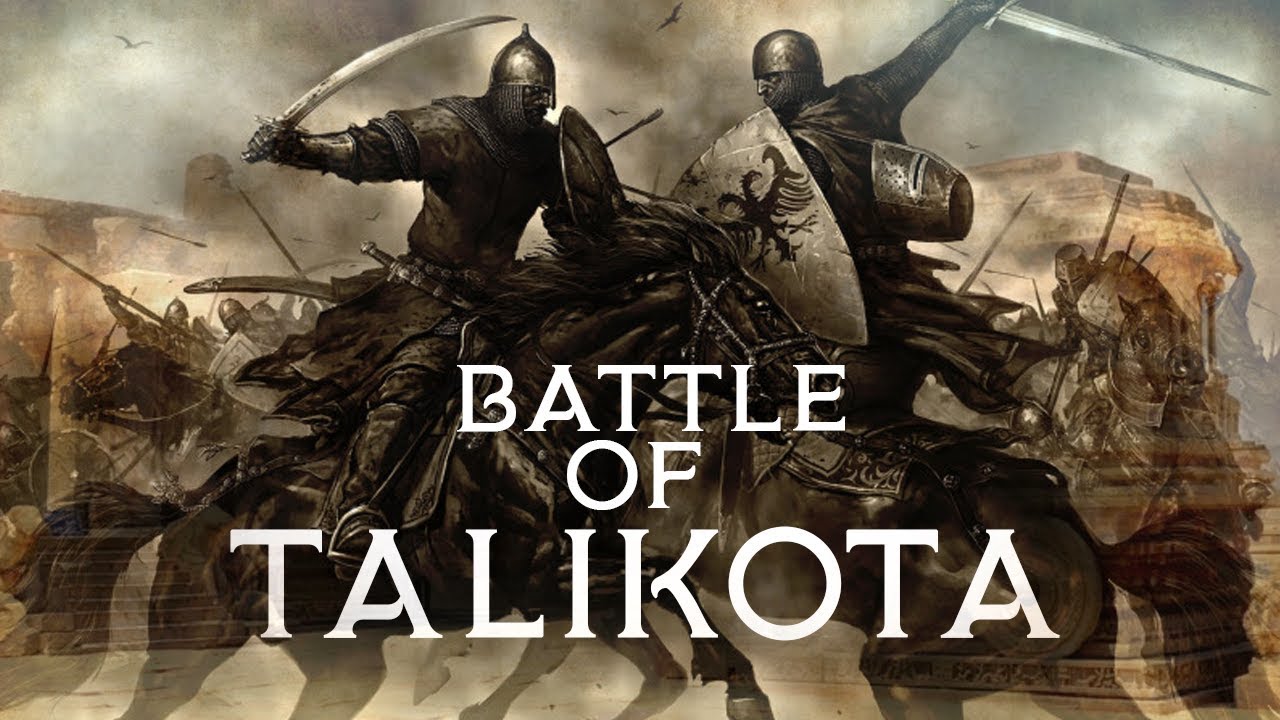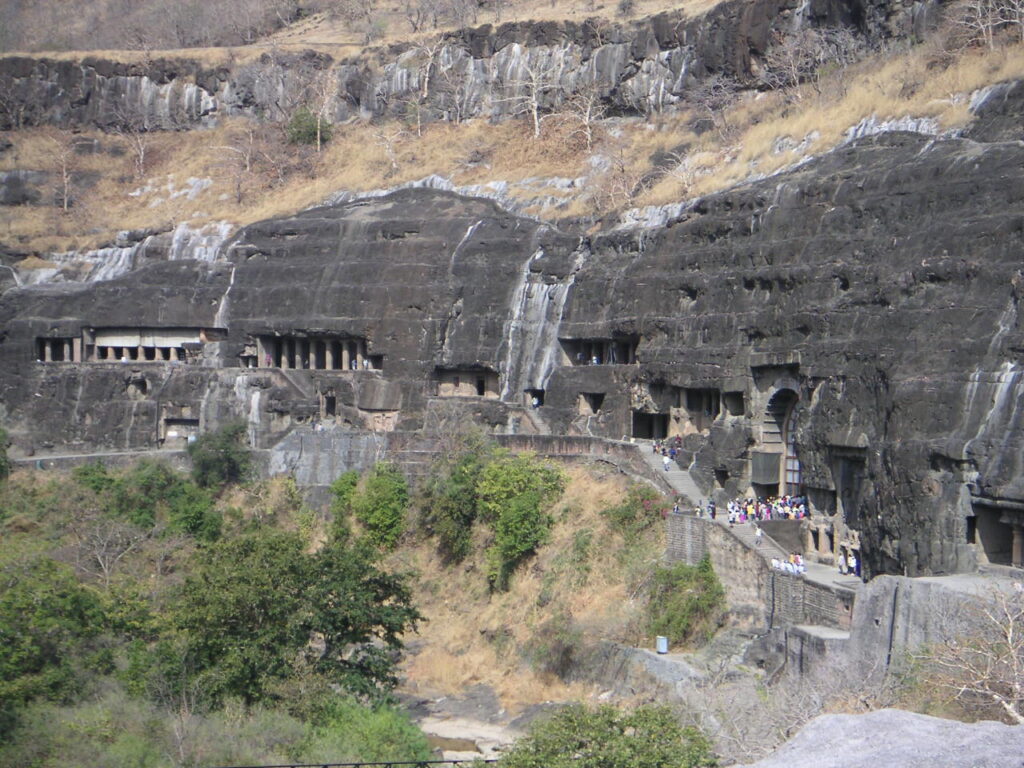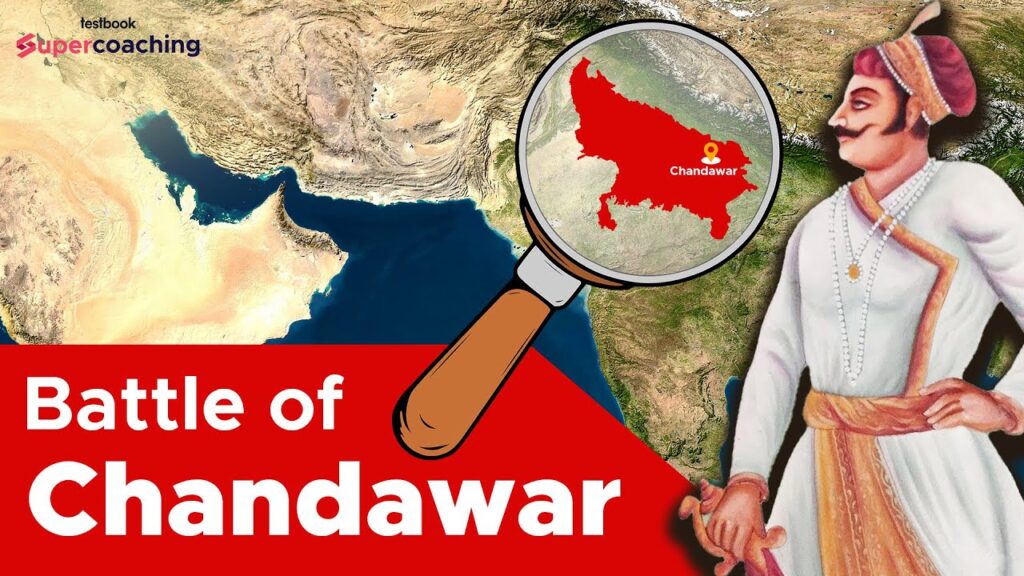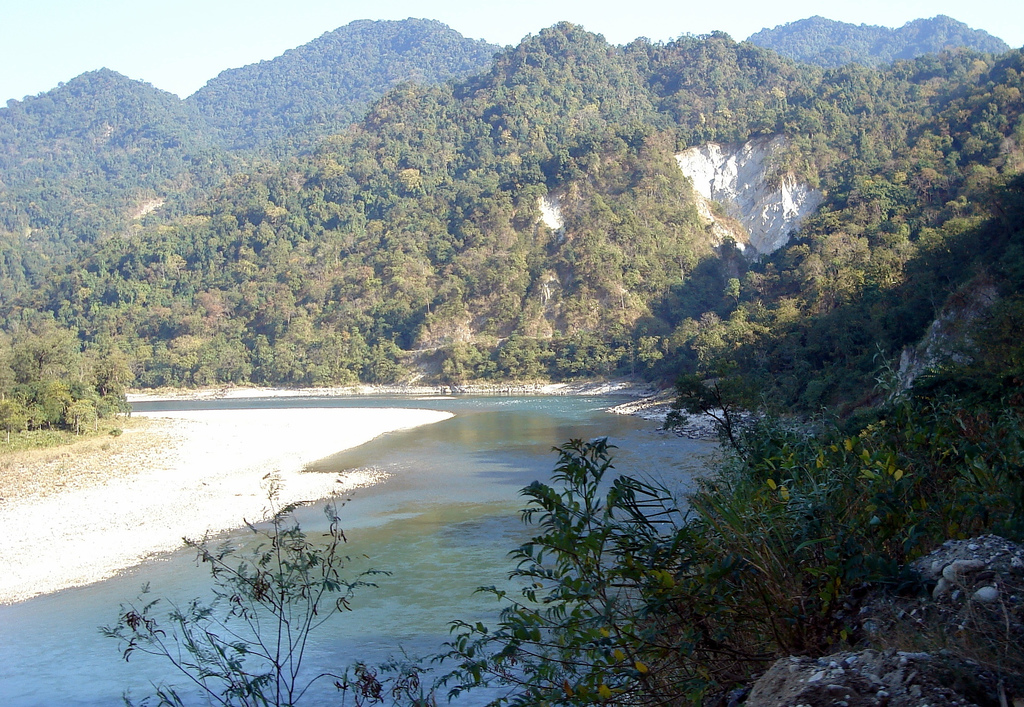The Battle of Talikota, fought on January 26, 1565, is one of the most significant battles in Indian history. This pivotal event saw the mighty Vijayanagara Empire clash with the combined forces of the Deccan Sultanates. The outcome not only marked the end of a prosperous era but also reshaped the political, cultural, and economic landscape of South India. Let’s delve into the fascinating details of this historic battle and understand its lasting impact.
The Vijayanagara Empire: A Brief Overview
The Vijayanagara Empire was established in 1336 by Harihara I and his brother Bukka Raya I of the Sangama dynasty. Located in South India, the empire was known for its impressive administrative system, military prowess, and cultural achievements. The capital city, Vijayanagara (present-day Hampi), was a bustling metropolis adorned with grand temples, bustling markets, and impressive infrastructure.
The empire flourished for over two centuries, reaching its zenith under the rule of Krishnadevaraya (1509-1529). During his reign, the empire expanded its territories, promoted trade, and became a hub for art, literature, and architecture. However, the glory days of the Vijayanagara Empire were numbered, as internal strife and external threats loomed on the horizon.
The Rise of the Deccan Sultanates
While the Vijayanagara Empire was flourishing, the Deccan region saw the rise of several independent Sultanates. These included the Sultanates of Bijapur, Golconda, Ahmadnagar, Bidar, and Berar. Initially, these Sultanates had a tenuous relationship with each other, marked by frequent conflicts and shifting alliances.
However, the growing power and influence of the Vijayanagara Empire became a common concern for these Sultanates. Realizing that a united front was essential to counter the threat posed by Vijayanagara, the Sultanates set aside their differences and formed an alliance. This coalition aimed to curb the expansionist ambitions of Vijayanagara and reclaim territories that had been lost over the years.
Prelude to the Battle
The stage was set for a monumental clash. In 1564, Ali Adil Shah I of Bijapur, Ibrahim Qutb Shah of Golconda, and Hussain Nizam Shah I of Ahmadnagar, along with their allies, decided to launch a concerted attack on the Vijayanagara Empire. The Sultanates meticulously planned their strategy, amassing a formidable army equipped with advanced weaponry and artillery.
On the other hand, the Vijayanagara Empire was led by Aliya Rama Raya, the regent and de facto ruler, who had been in power since the death of Krishnadevaraya. Despite his advanced age, Rama Raya was an experienced and capable leader. Confident in the strength of his army and the fortifications of his capital, he decided to confront the Sultanates head-on.
The Battle Unfolds
The two armies met on the plains of Talikota, a small town located in present-day Karnataka. The Vijayanagara forces, numbering around 70,000 to 90,000 soldiers, faced a combined army of approximately 100,000 troops from the Sultanates. The battle began with traditional skirmishes and cavalry charges, but the real turning point came with the deployment of artillery by the Sultanates.
The Deccan Sultanates had superior artillery, which played a crucial role in breaking the morale of the Vijayanagara forces. Despite their valiant efforts, the Vijayanagara troops were unable to withstand the relentless bombardment. Adding to the chaos, a significant betrayal occurred when two key commanders of the Vijayanagara army, the Gilani brothers, defected to the Sultanates’ side. This unexpected turn of events further demoralized the Vijayanagara soldiers.
As the battle raged on, Rama Raya was captured and executed by the Sultanates. His death marked the beginning of the end for the Vijayanagara Empire. With their leader gone and their forces in disarray, the remaining Vijayanagara soldiers fled the battlefield, sealing their defeat.
The Aftermath and Impact
The immediate aftermath of the Battle of Talikota was devastating for the Vijayanagara Empire. The victorious Sultanates marched towards the capital city, Vijayanagara, and unleashed a wave of destruction. The once-thriving metropolis was sacked, looted, and left in ruins. Temples, palaces, and other architectural marvels were destroyed, and countless treasures were carried away by the invaders.
The fall of Vijayanagara marked the end of the empire’s dominance in South India. The territories that once formed the empire were divided among the Sultanates, leading to a fragmented political landscape. However, the cultural and architectural legacy of Vijayanagara endured, influencing subsequent generations and leaving an indelible mark on Indian history.
Cultural and Economic Consequences
The Battle of Talikota had far-reaching cultural and economic consequences. The destruction of Vijayanagara resulted in the loss of a significant cultural hub. The city had been a center for the arts, literature, and scholarship, attracting poets, musicians, and scholars from across the region. The loss of this vibrant cultural center was a blow to the cultural life of South India.
Economically, the battle disrupted trade and commerce. Vijayanagara had been a major trading hub, facilitating commerce between South India, the Arabian Peninsula, and Southeast Asia. The destruction of the city and the subsequent decline of the empire disrupted these trade networks, leading to economic stagnation in the region.
Legacy and Historical Significance
Despite its tragic end, the Vijayanagara Empire left a lasting legacy. The architectural marvels of Hampi, including the Virupaksha Temple, Vittala Temple, and Hampi Bazaar, continue to draw visitors and scholars from around the world. These structures stand as a testament to the artistic and engineering prowess of the Vijayanagara period.
The battle also serves as a reminder of the fragility of empires and the ever-changing nature of political power. It underscores the importance of unity and strategic alliances in the face of external threats. The fall of Vijayanagara, despite its formidable military and economic power, highlights how internal discord and betrayal can lead to the downfall of even the mightiest empires.
Conclusion
The Battle of Talikota was a watershed moment in South Indian history. It marked the end of the Vijayanagara Empire’s dominance and reshaped the political, cultural, and economic landscape of the region. The battle’s legacy endures in the ruins of Hampi, the stories of valor and betrayal, and the lessons it offers about the complexities of power and unity. As we reflect on this historic event, we gain a deeper understanding of the rich and tumultuous history that has shaped the Indian subcontinent.






